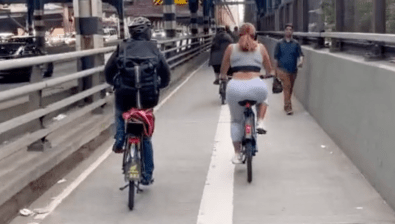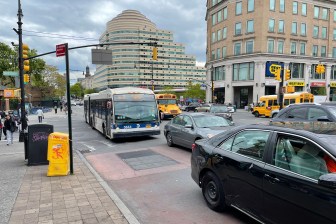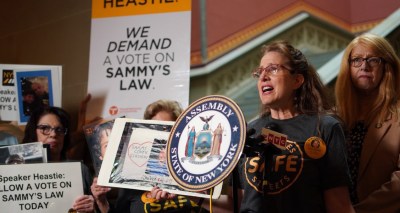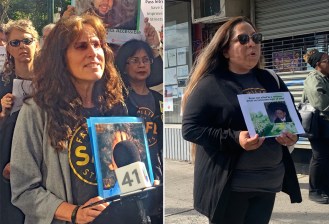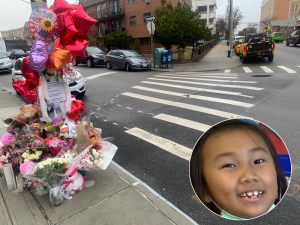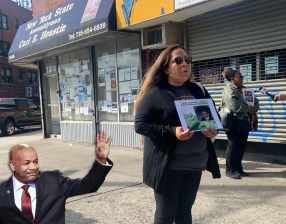Questions Remain for Hunter’s Point South Transpo Plan

This morning, the Bloomberg Administration announced the developer for the first phase of Hunter’s Point South, a Long Island City project the city is billing as the largest middle-class housing project since Co-Op City and Starrett City went up in the 1970s. A team led by the Related Companies will be developing the first 900 units at what will eventually be a 5,000-unit complex along the East River.
Whether Hunter’s Point South turns out to be the most recent in a line of auto-oriented projects along New York City’s deindustrialized waterfront, or a project in line with the city’s sustainability goals, will depend on whether developers choose to build all the parking they are entitled to, whether the MTA extends bus service into the complex, and whether the city’s attempts to foster ferry transit across the East River are successful.
The nearest subway station to Hunter’s Point South is the Vernon-Jackson Ave stop on the 7. The northeastern corner of the site is only two blocks away from the station. Those are long blocks, however, making the walk about three-tenths of a mile. That’s not right on top of the subway, but it is walkable. The far end of the 30 acre site, however, will be 0.6 or 0.7 miles from the subway, more than the half-mile rule of thumb for transit-oriented development.
Over the course of the project, the city has been in talks with the MTA to extend bus service, most likely the Q103, into Hunter’s Point South. There is no concrete promise to provide transit to the heart of the project, however, nor have funds to pay for more buses been publicly identified.
But the city’s new subsidized ferry service will stop at the site. Midtown will be only one stop and $3 away, though downtown will be a longer and more expensive ride. If ferry service is popular, many Hunter’s Point residents could use it to get to work. However, since the ferries will cost more than transit, leave only every 20 minutes during rush hour, and shut down after 8 p.m., it remains to be seen how popular they will be. The costly ferry program could even be canceled before Hunter’s Point South is completed.
Hunter’s Point South is planned to include laudable bike and pedestrian infrastructure. The city’s RFP calls for a two-way bike lane protected by a landscaped median to run the length of both 2nd Street and Center Boulevard, the two main north-south corridors through the project. In addition, bike lanes are planned for a pair of cross streets. The RFP also calls for bulb-outs at Borden Avenue and 2nd street to ease crossings.
As with so much of the recent waterfront development in New York City, large amounts of parking could push Hunter’s Point South residents to drive. According to the RFP, the project has no parking minimums, but developers are allowed to build a space for up to 40 percent of the residential units. The project’s environmental impact statement puts that number at 2,660 parking spaces — and therefore 2,660 more cars — if built to the maximum.
